Intro and Thesis
The cognitive fractal investigates the hybridity of digital and physical spaces to assist and provide a holistic and therapeutic environment for a Person with Dementia’s (PWD) daily living.
Therefore I shall pose the thesis as such:
The Hybrid of Digital and Physical Spaces is most suitable for Persons with Dementia (PWD).
The Hybrid empowers PWDs daily living as the hybrid offers a choice of fluid sensorial spaces in the digital-physical realm designed to the individual’s cognitive ability and aspirations, while offering a sense of familiarity to the physical. This highly personalised ‘free-will’ to choose and control between a physical and/or digital environment that the hybrid can afford enforces the sense of self as described by Heidegger’s existentialism.
The hybrid spatiality of the physical and digital is able to create new sensorial narratives that can be shared seamlessly between PWD’s immediate family members and general public.
Design Methodology
The design methodology involves both theoretical concepts of existentialism, reminiscence, and synaesthesia, as well as empirical methods such as actual design testing on actual Persons with Dementia
Theoretical
Dementia is a multi-faceted challenge due to the nuanced nature of each Persons with Dementia and their individual
home-family environment. By at large for most Persons with Dementia, Dementia is a degenerative process where a person would gradually lose memory followed by the ‘sense of self’ in late stages.
The cognitive fractal embraces Heidegger’s existentialism: The view that the meaning of existence is humans having the ‘free choice’ to define their own meaning in life, and make meaningful choices that are purposeful to them. The design is informed through choice, and allowing the Persons with Dementia to choose environments that are more physical/digital and the ability to actively design their own digital environments that have personal meaning to them.
The form of the fractal serves 3 purposes:
- To create a choice of visual complexity to encourage targeted severity of Persons with Dementia users to wonder in certain specific areas of the architecture,
- In the level of the cognitive, users have a certain affinity to the visual of the fractal, due to the formal logic of fractals that provides cognitive engagement of the users
- The visual fractal also serves as a highly favourable form for Augmented and Virtual Reality camera object tracking that was established in my form finding investigations
Empirical
There is a lack of design research for Dementia design. This is because existing design for Dementia is based on educated assumptions on how a Person with Dementia perceive a space. The reality is it is very challenge to understand a Person with Dementia spatial comprehension based on assumptions. Thus the thesis conducted actual testing of the proposed spatial environments with actual Persons with Dementia. Through this empirical method, the thesis uncovered many observations that challenges generally accepted design for dementia strategies. Such findings including a Person with Dementia affinity towards a digital environment that is designed to his personal preferences, and that Persons with Dementia are able to appreciate visual complexity through the visual of the fractal
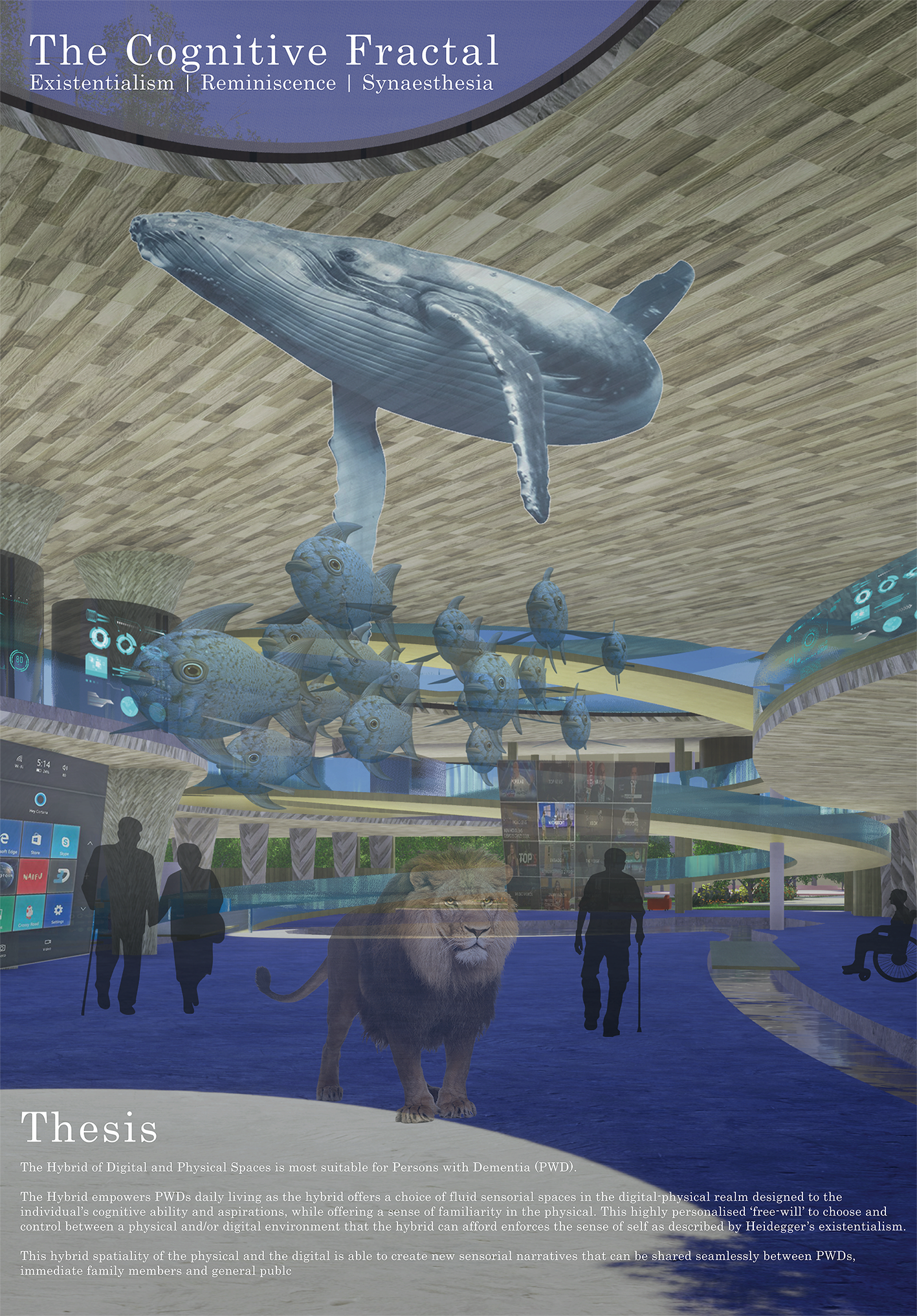
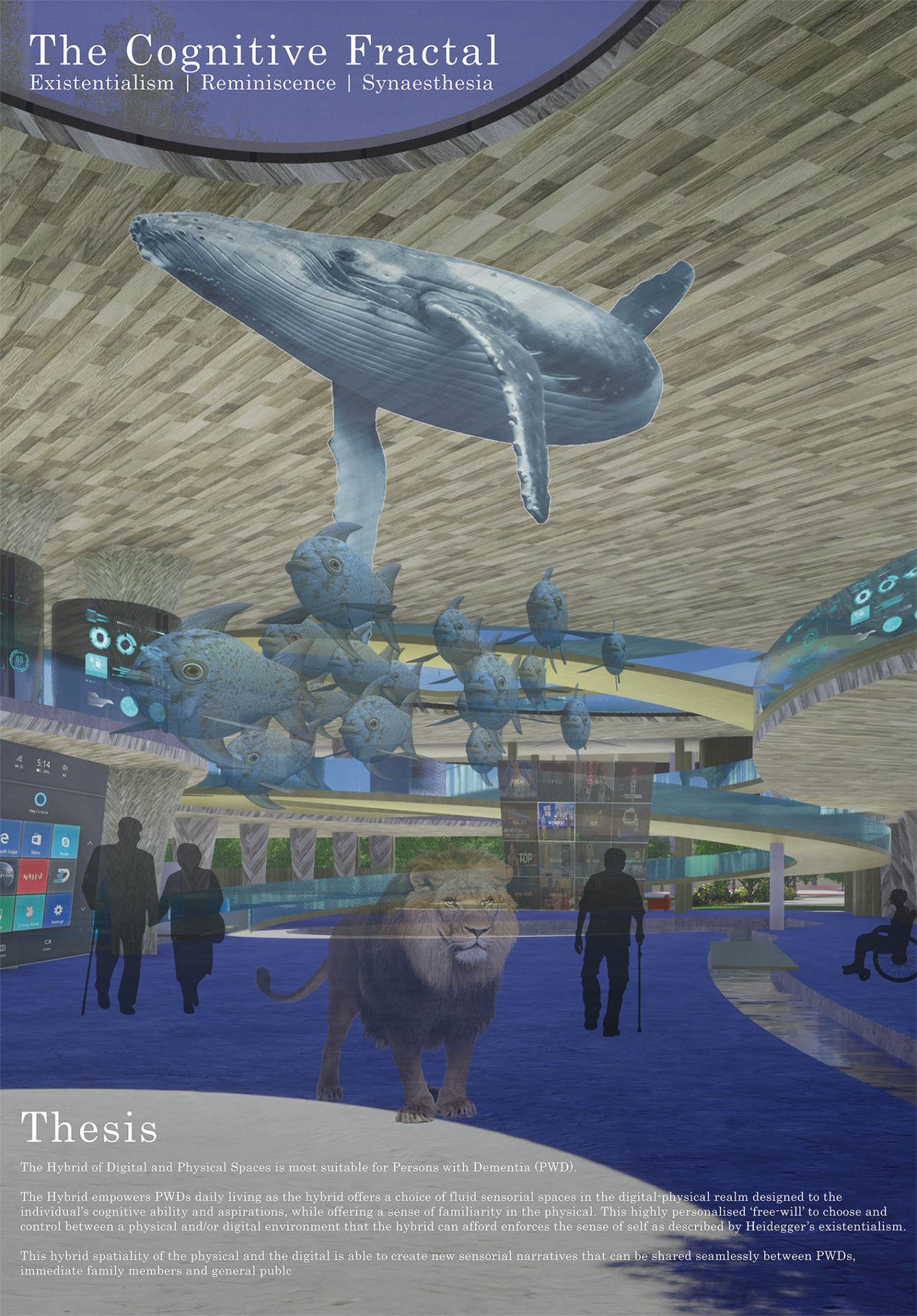
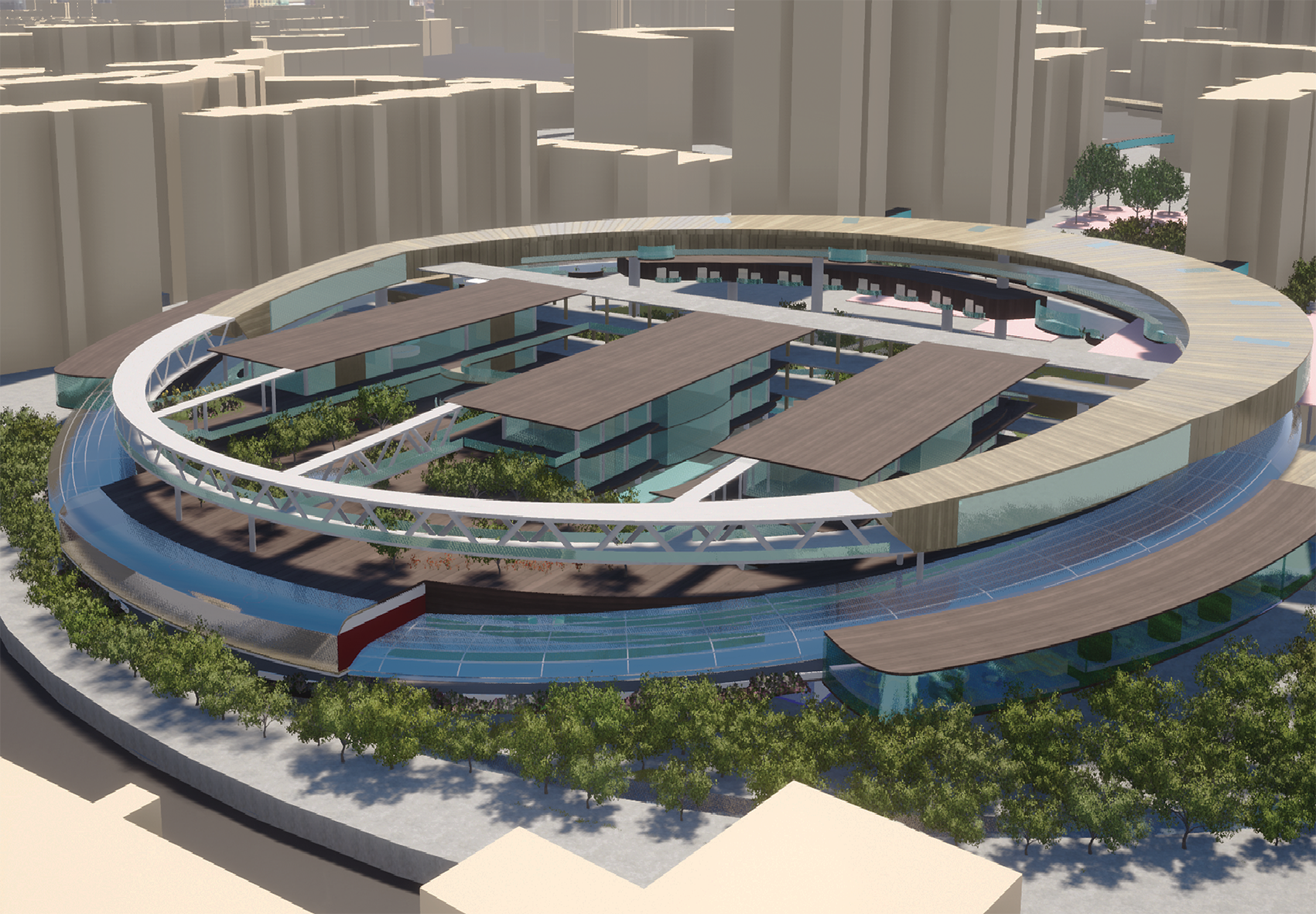
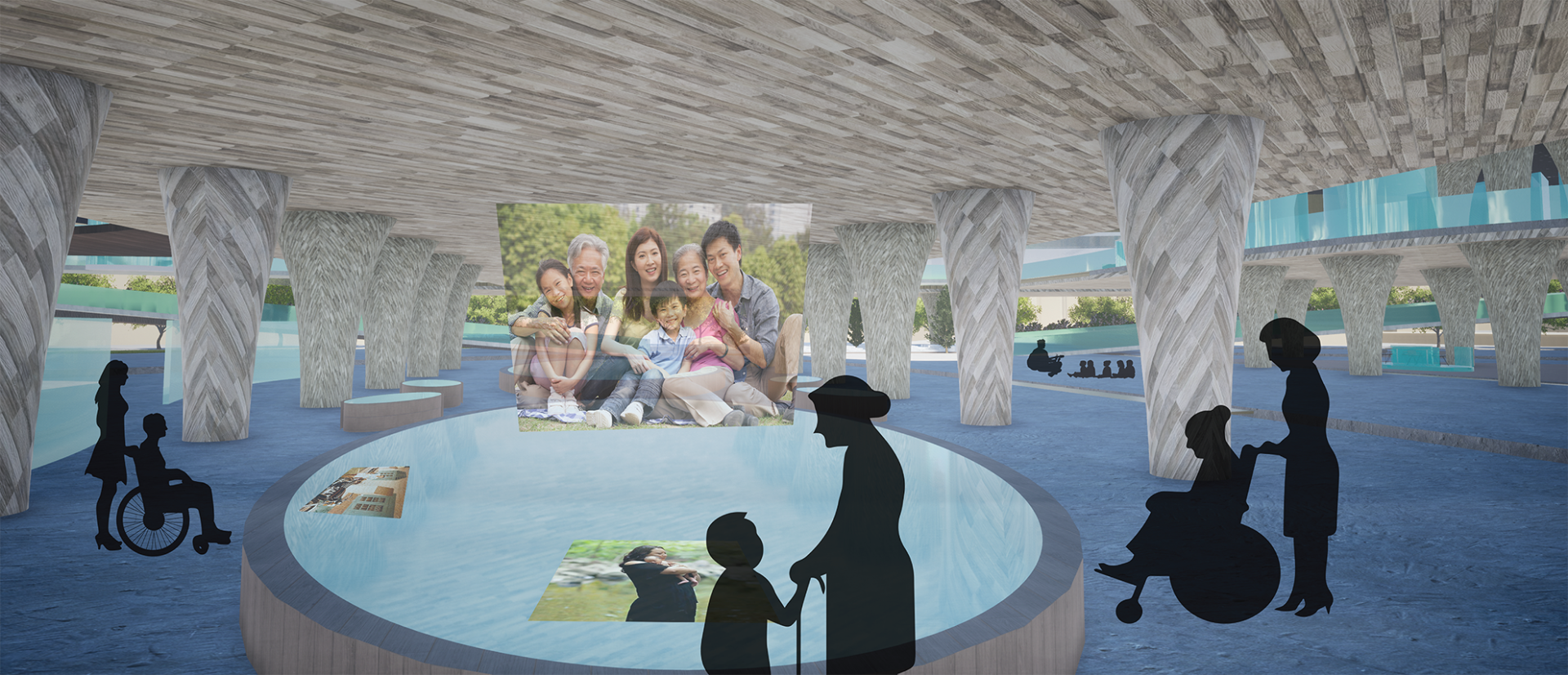
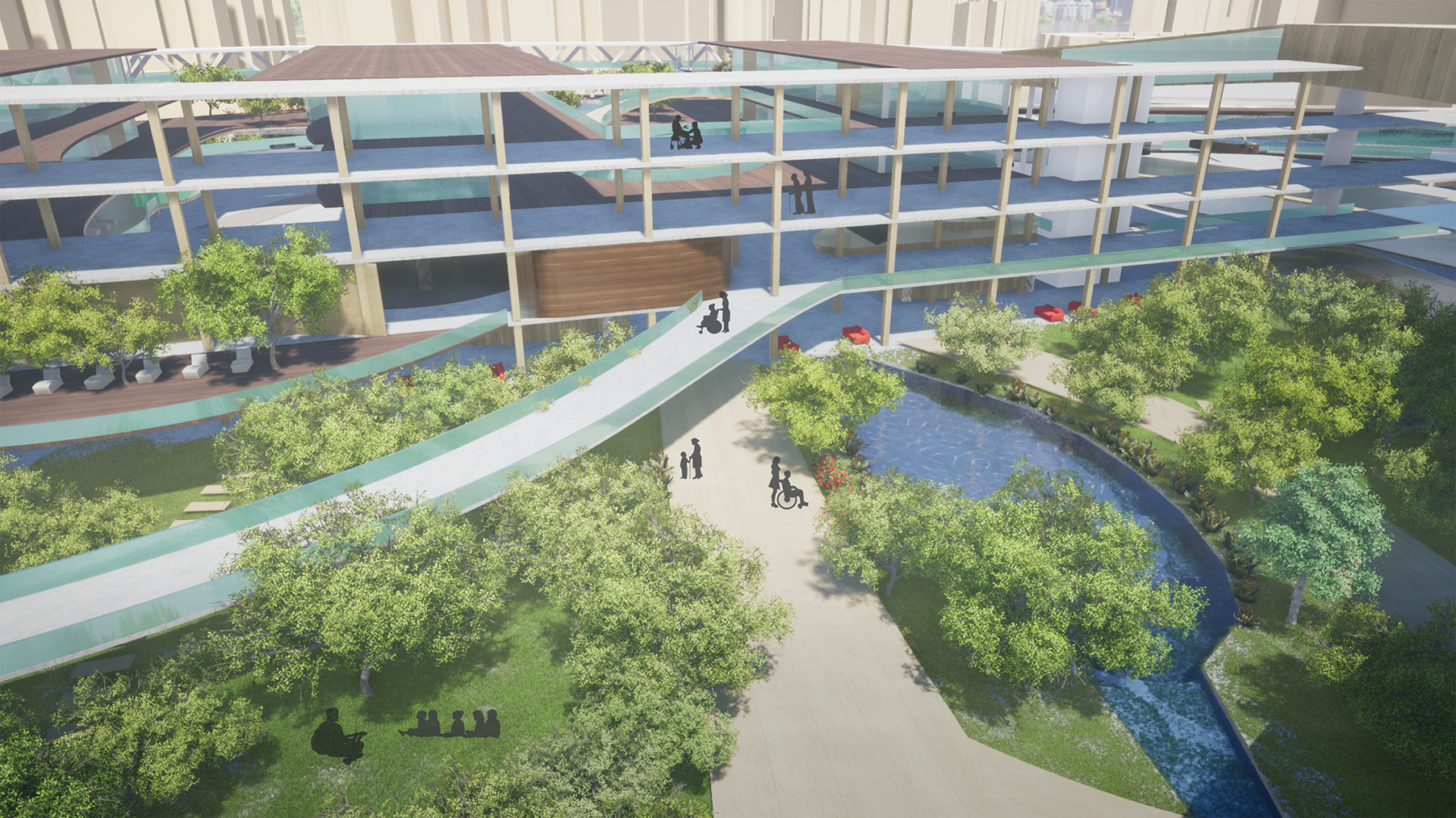
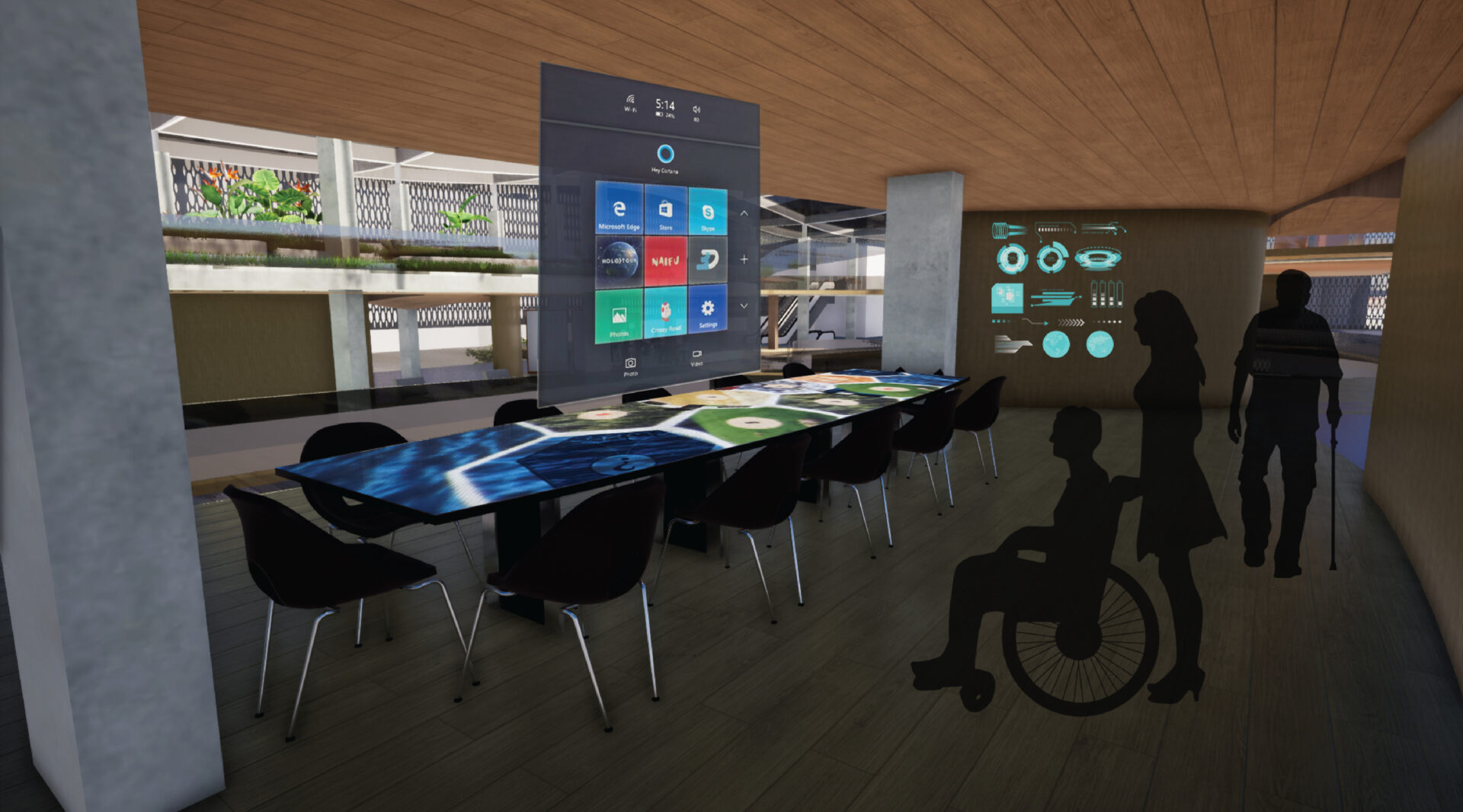
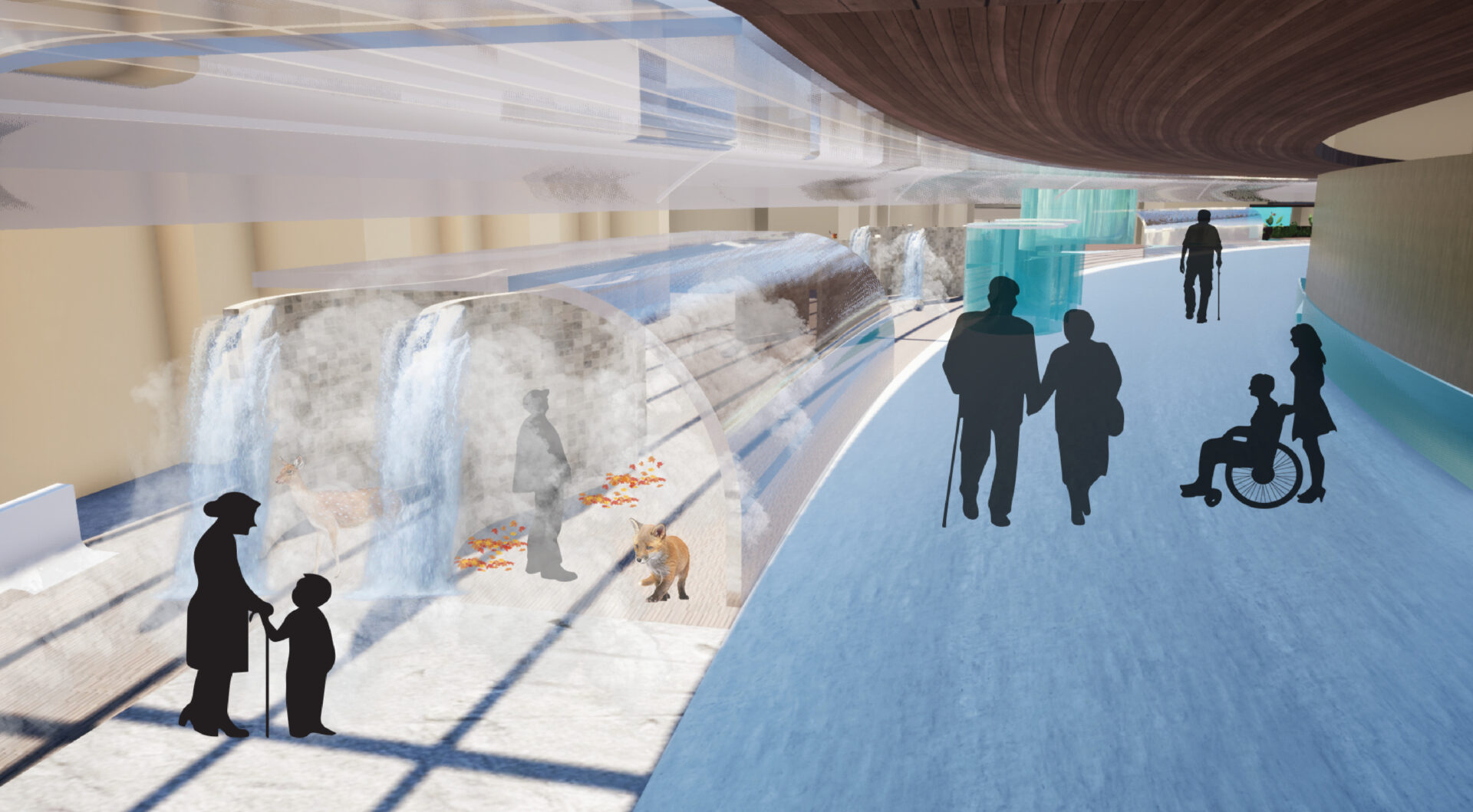
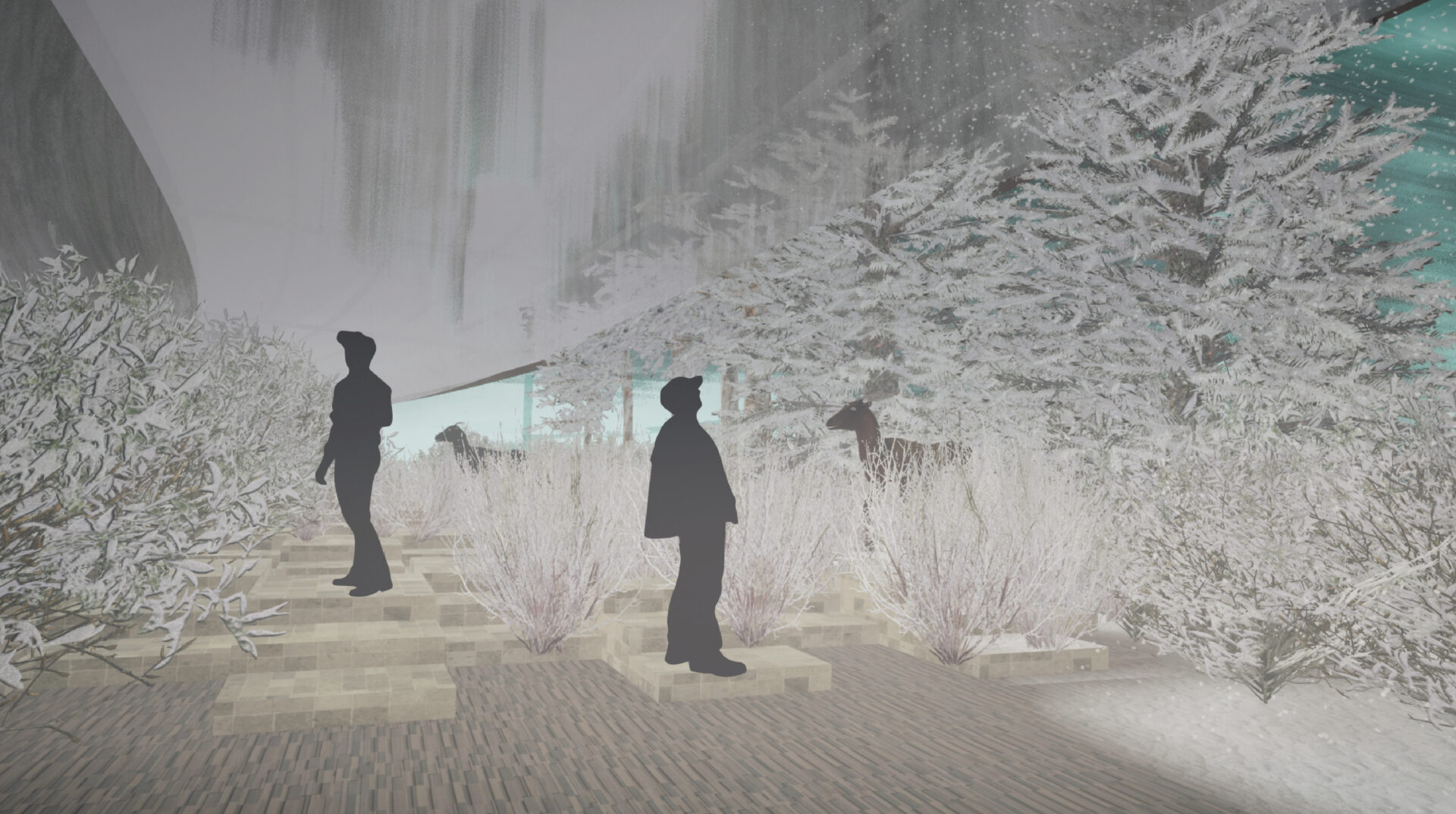
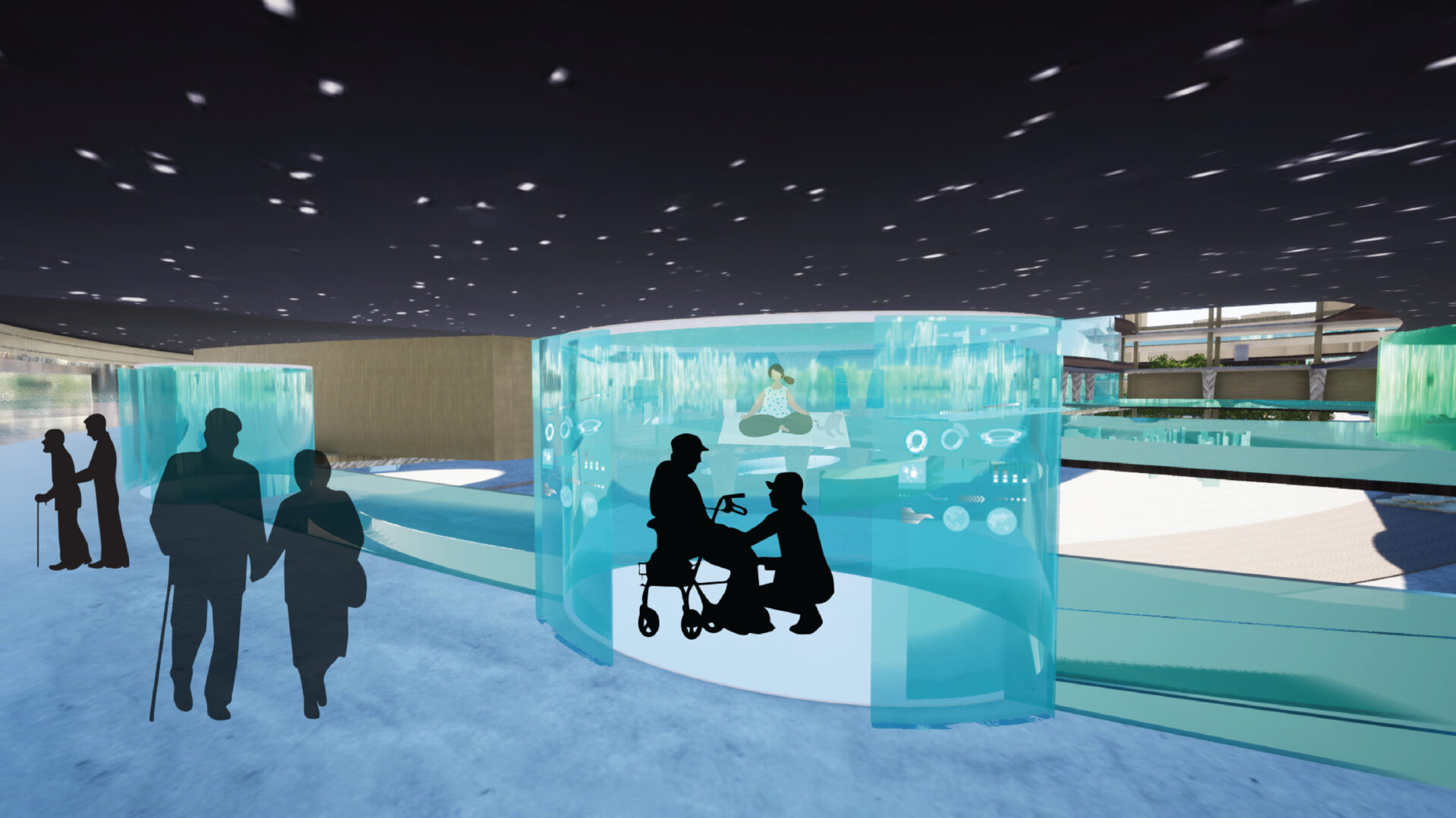
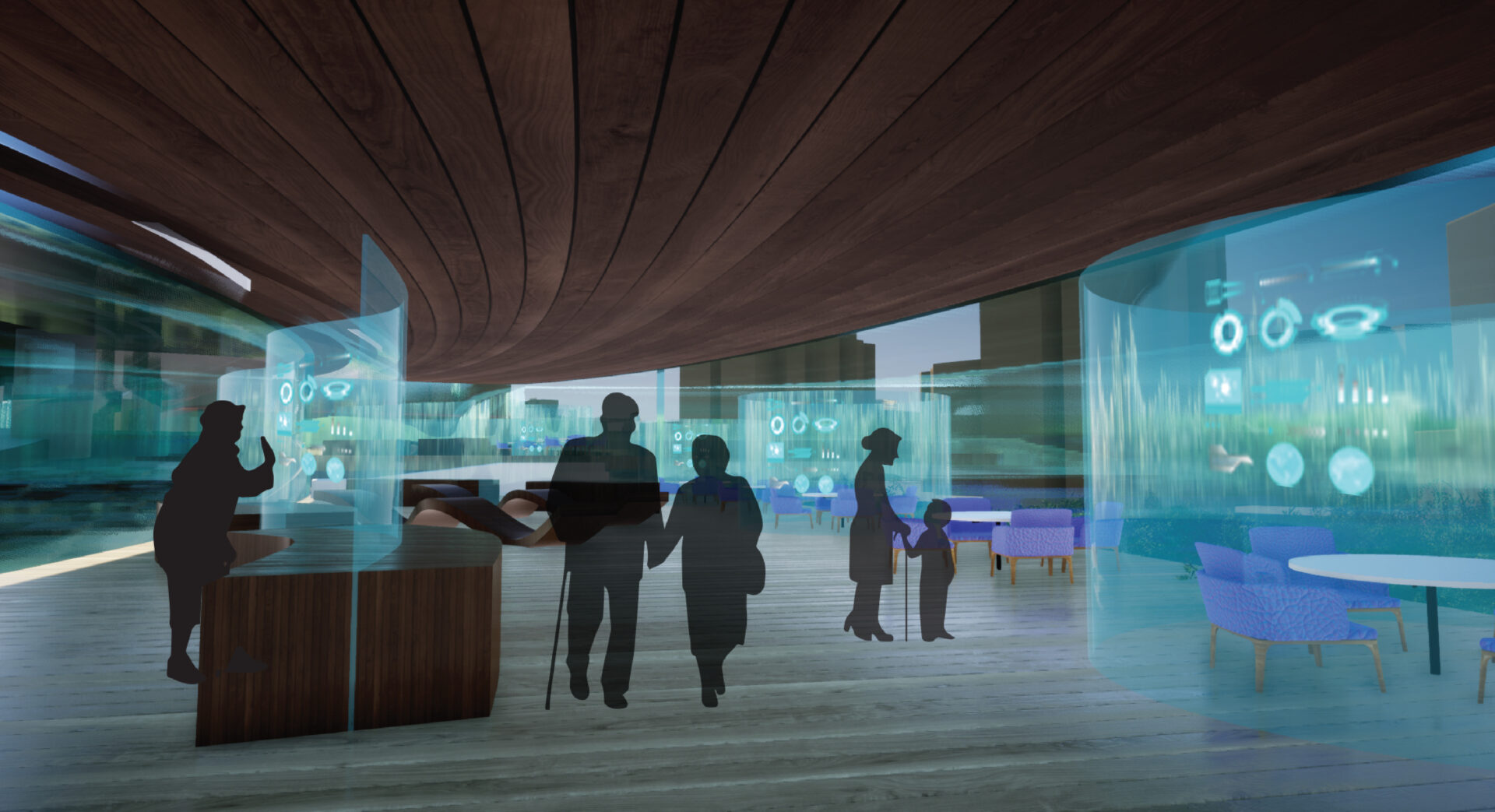
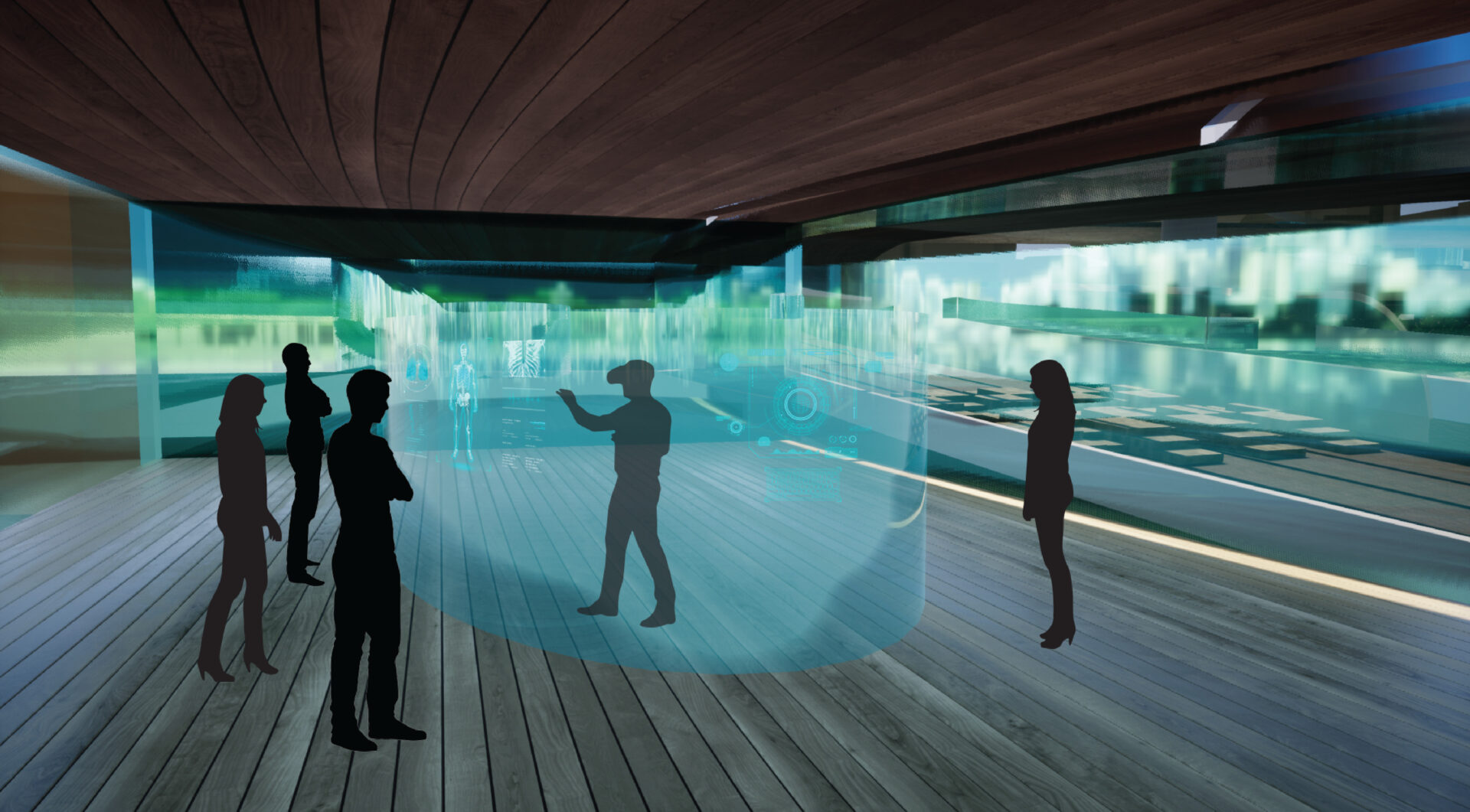
Supervisor's comments:
Rapid development of novel technologies fundamentally challenges “traditional” primacy of physical space in architectural design. ‘The Cognitive Fractal’ embraces this challenge and adopts robotic and digital tools (Virtual and Augment Realities) to redefine and enrich existing spatial conditions, and create personalised, meaningful and healthful spatial experiences. Through concepts of fractality and complexity, reminiscence and synaesthesia, this thesis transforms Shu Qun Secondary School in Jurong West into a dementia-friendly hub. It proposes a hybrid physical-digital environment as alternative means of addressing cognitive decline, and numerous challenges posed to people with dementia, including impoverished spatial orientation, autonomy and social stigma, among others. Digital tools are also employed as powerful means of engaging community members as co-researchers and co-creators in the design process.
- Asst. Prof. Zdravko Trivic (Dr.)